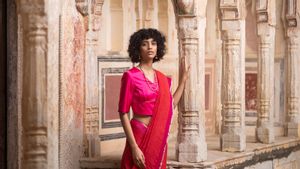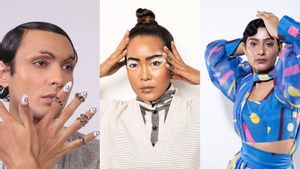The comfort, ease and versatility of sarees never fail to fascinate fashion lovers. Back in the 2010s, fashion designer Anavila Misra became a pioneer by introducing pure linen sarees into the Indian fashion landscape. Ever since, she’s championing the cause of the saree, dishing out ideas to make the six-yard wonder relevant to the younger generation, and, at the same time, promoting slow fashion and sustainability — one creation at a time.
Rooted in tradition and culture yet defying boundaries — that’s the niche Anavila has managed to create for herself over the years. Each collection that the designer has showcased, since the launch of her eponymous label in 2012, is reflective of her conscious living beliefs and elevated design sensibilities and has brought to life the drapes and glory of a saree.

Take, for instance, her latest collection, DABU, showcased at the Lakme Fashion Week X Fashion Design Council of India – March 2023 edition. A popular designer among the likes of Vidya Balan, Dia Mirza, Rani Mukerji, Kajol, and Mandira Bedi, Anavila’s new range had ‘mud’ and the related technique, called Dabu, from Rajasthan at its heart.
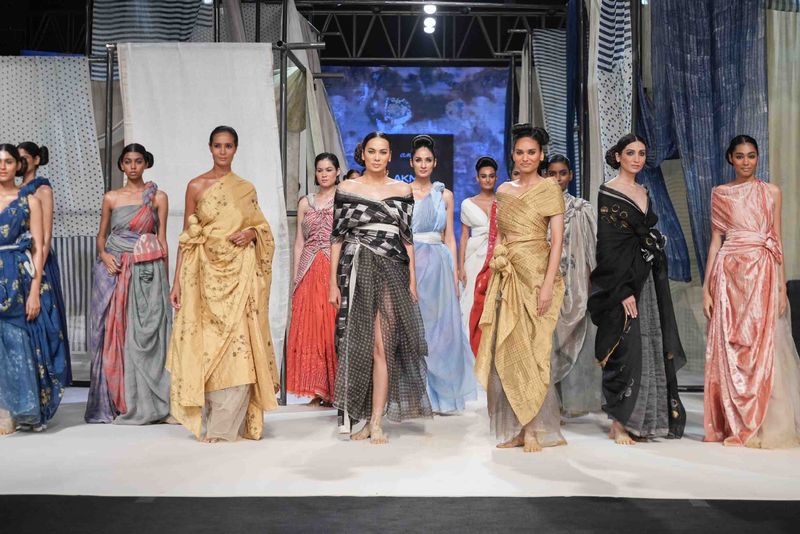
Dabu is an ancient mud-resist hand-block printing technique that features motifs based on natural elements such as leaves, flowers, birds, etc. The lineup presented the saree as a form of expression and the sheer fact that there’s no fixed way of wearing a saree.
Zee Zest speaks to Anavila about her journey so far, finding a unique direction and voice for herself, textile innovation becoming mainstream, and her thoughts on fashion as a mindset.
Read the edited excerpts below:
1. How did you find your unique direction and voice?
After I passed out of NIFT (National Institute of Fashion Technology) in the year 2000, I worked in the corporate sector for four years and then went on to work at the grassroots level with craft clusters. That's when I developed an understanding of crafts and textiles from a different point of view.
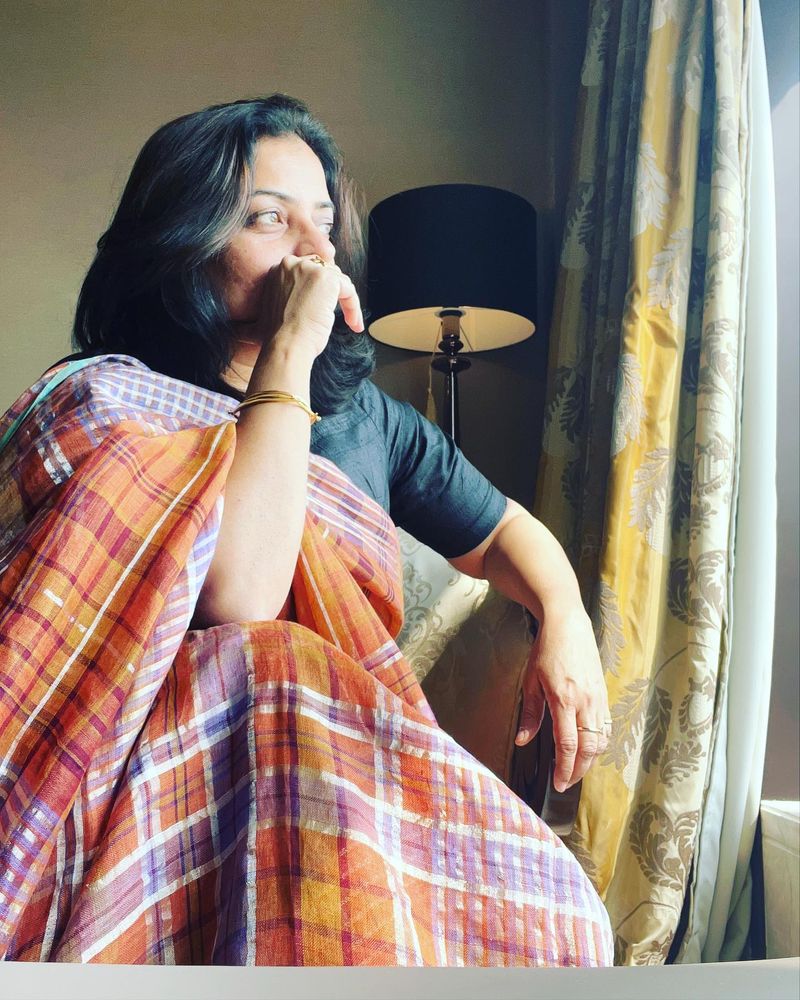
The artisans were working on beautiful, detailed pieces of fabrics/sarees, but it was something people would just buy a piece of. They would spend hours and days creating a single piece and then wait for it to sell at a fair price. Everyone wanted (and still wants) a Kanjivaram or a Banarasi in their collection but in limited quantity. But my thought was, why not create something simpler, which is more connected to modern fashion, and can be really picked and created in numbers.
Before I embraced the idea of pure linen sarees, I did a collection of Banarasi sarees back in 2010. I did so because I had the connections but felt like it wasn’t anything unique and wanted to find a voice of my own.
So, I continued experimenting and that's when the idea of using linen struck me. I had worked with the fabric during my stint at Louis Philippe and Wills Lifestyle, and it is suitable for Indian weather.
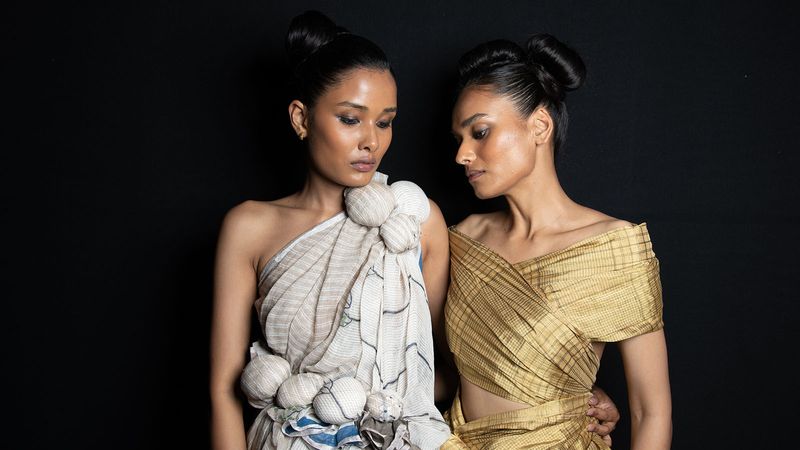
2. How did it begin? And what were the challenges that you faced to use linen to make a saree?
I went back to Banaras and asked one of the weavers to work with linen. But there was resistance because their looms were set in a certain way and it would easily break on a saree loom if dry. One of the weavers I worked with suggested I go to West Bengal. I started with a single weaver in West Bengal in 2010, and the first-ever piece was a beige saree with a band of off-white. It was heavier than the usual cotton sarees but beautiful.
I did a small exhibition with two designs (14-15 sarees) at the Artisan's Centre Gallery in Kala Ghoda, Mumbai, with the first lot of pure linen sarees, and it was well-received. Post that, I showcased our work at several stores and exhibitions in metro cities including Bungalow 8 and Bombay Electric in Mumbai, and Amethyst in Bangalore, before setting up our own.
3. 'Fashion is a mindset' — your thoughts?
Fashion is a mindset for a lot of younger people, who are not bothered about stereotypes and want to find their own voice. I see a lot of new brides doing that — a good example is Alia Bhatt opting for an ivory saree for her wedding.
Fashion is a mindset but at the same time, there's such a huge industry which is working on making fashion what fashion is. We are dictated by things that we are consciously not aware of — like what is projected, what is not; what part celebrities play, how colours are sensed, and thrown at us in a certain way, and more.
It is a huge industry, which is supporting so many people. So it is calculated and it is planned. Your fashion forecast, all your big fairs where textiles for the next season are presented — it's because the mills have already prepared it.
There's another part to it, which doesn't meet the eye of an average customer but plays a huge role. Going wrong in terms of planning can be a huge loss for a lot of people.
4. How have you managed to stick to your terms in this sort of pre-decided/planned scenario?
If you are small and have your own production units, weavers and team, then you can take a lot of calls by yourself without having to conform to or follow a certain direction. No matter what the colour or fabric of the season, you can take your own decisions, and do your planning, as long as you are meeting the demands of the stores/outlets you cater to. So, there is a lot of independence.
5. What are the newer steps that you’re taking to make the saree look younger?
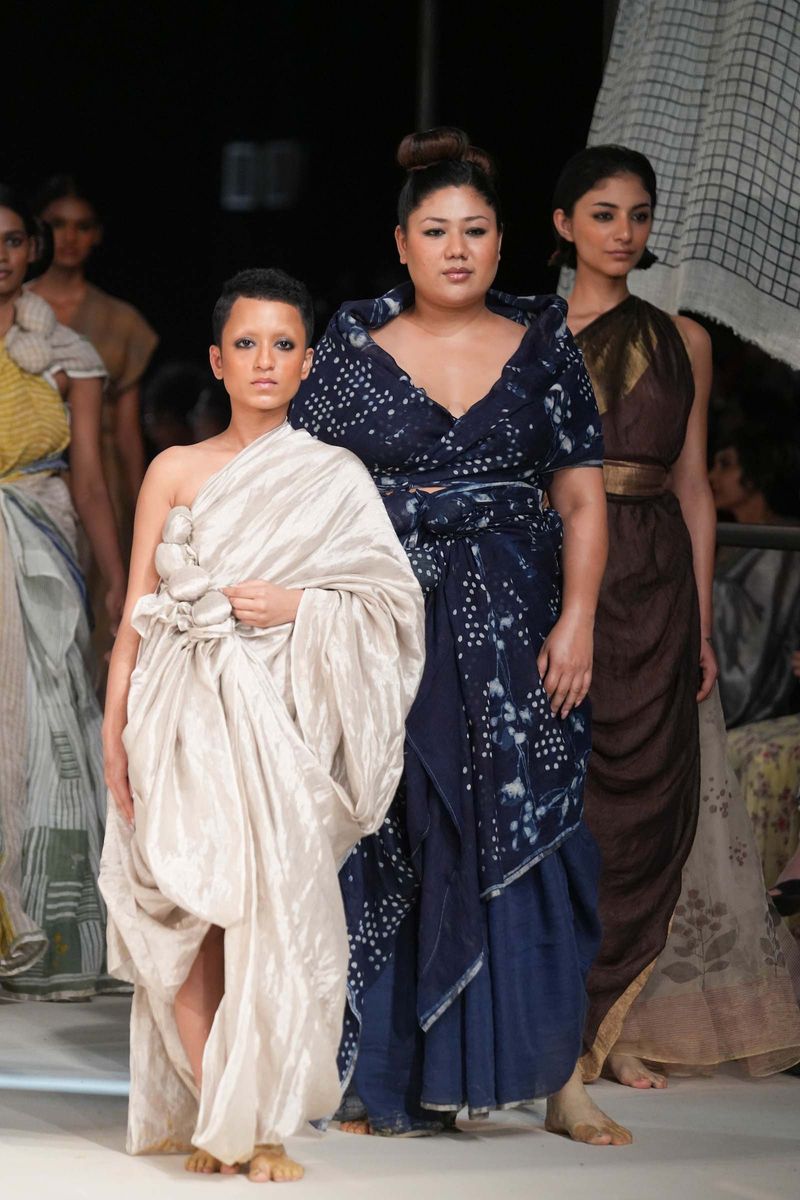
We continue to show various ways of draping a saree, in addition to ways to pair and style the six-yard wonder. For instance, in the past, we’ve paired the saree with sneakers and comfy blouses. The main idea was that you don’t do too much to the product but contemporarise the entire look while styling.
Sometimes, it’s important for us to put the entire look together because the customer may not visualise it. You must present it and say this is what my vision is.
6. Please suggest a must-have Anavila saree look for a bridal trousseau.
I would say a metallic saree with a metallic blouse. I would not break the look with another colour or embroidery. I believe that we should not overcomplicate the design and that when you start simplifying your life, your design, and your work, it becomes much more beautiful.



